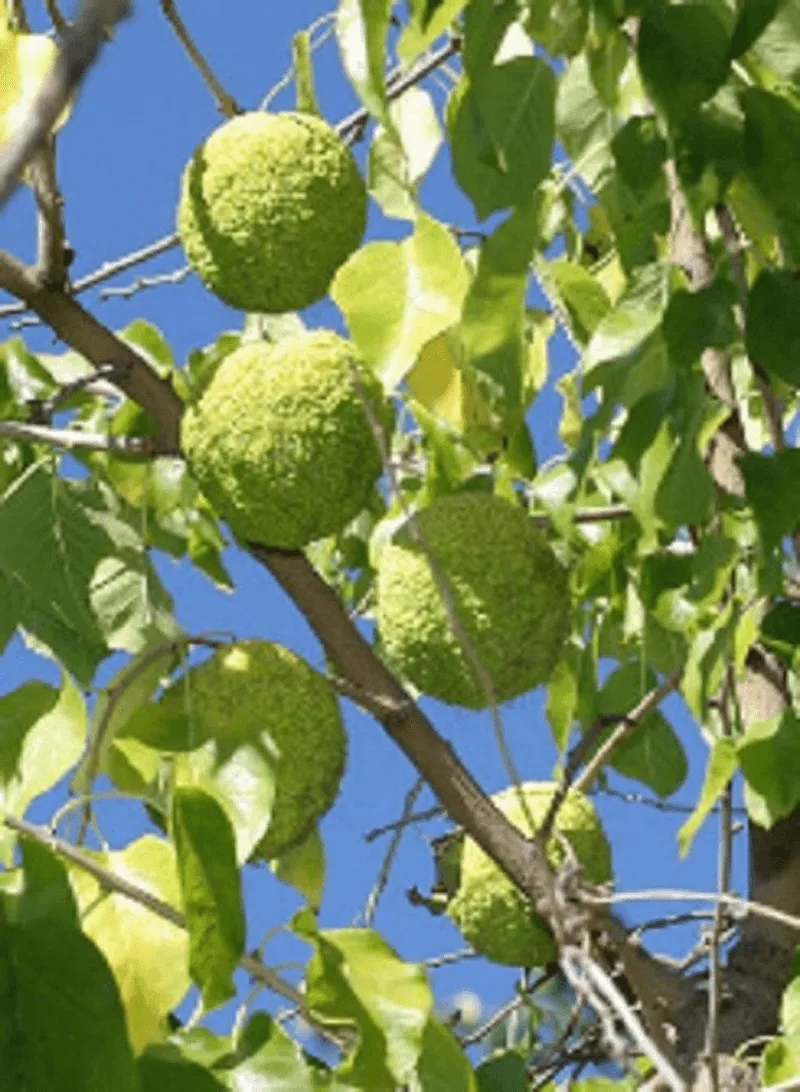Planting a fruit tree in your yard might sound like a dream—fresh fruit right outside your door, plenty of shade, and a beautiful addition to your landscape.
But not all fruit trees are as low-maintenance or rewarding as they seem. In fact, some can bring unexpected challenges, from invasive roots to messy fruit drops, and even attract unwanted pests.
According to arborists and horticulturists, these seven fruit trees are better left out of your yard. Whether it’s the hassle of constant cleanup or the potential damage to your property, knowing what to avoid can save you a lot of headaches while keeping your garden in great shape.
Bradford Pear

Despite its appealing blossoms, the Bradford Pear is notorious for its weak branches. These tend to break easily, especially during storms, causing a mess in your yard.
Additionally, its rapid growth makes it difficult to manage, and its cross-pollination with other pear trees can lead to invasive species. Not to mention, the tree emits an unpleasant odor when in bloom, which can be off-putting.
Consider this tree’s drawbacks before planting it, as the cleanup and maintenance might outweigh its visual appeal.
Mulberry Tree

Mulberry trees produce delicious berries, but they also create a mess. The fallen fruit can stain driveways, sidewalks, and even your hands.
Additionally, these trees attract a variety of birds and insects, which can become a nuisance. The dense foliage provides excellent shade, yet it can overshadow smaller plants, hindering their growth.
Weighing its pros and cons, the mulberry might not be the best choice for a neat, low-maintenance yard.
Black Walnut

Known for its towering presence and valuable wood, the Black Walnut also releases juglone, a chemical harmful to many other plants. This allelopathic effect can limit what you can grow around it.
Additionally, the fallen nuts can be a trip hazard and require regular cleanup. Consider your garden’s compatibility before introducing this tree, as it may significantly impact surrounding plant life and maintenance efforts.
Fig Tree

Figs are delightful, but the trees can become quite unruly. They require consistent pruning to manage their size, and fallen fruit can ferment, creating unpleasant smells and attracting unwanted pests.
Furthermore, their aggressive root systems may interfere with nearby plants or structures. While figs offer delicious rewards, their upkeep can be demanding, making them a less-than-ideal choice for some gardeners.
Osage Orange

The Osage Orange tree, despite its robust wood, is often considered more trouble than it’s worth. Its large, inedible fruits clutter the ground, proving a hassle to clean up.
Furthermore, these trees provide little to no benefit to wildlife, as most animals find the fruits unpalatable. For anyone seeking a low-maintenance and wildlife-friendly garden, the Osage Orange may not fit the bill.
Quince Tree

Quince trees can be a challenge due to their susceptibility to diseases like fire blight. These issues can necessitate frequent treatments and interventions, making them high-maintenance.
Furthermore, while the fruits are aromatic, they are often too hard to eat without cooking, which might not appeal to everyone. Carefully evaluate your willingness to manage potential diseases before planting quince.
Cherry Plum

Cherry Plum trees offer attractive blooms and foliage, but their fruit can be overly abundant, leading to a cluttered yard. The fallen plums can attract bees and wasps, which may be problematic, especially in high-traffic areas.
Additionally, they require regular pruning to maintain shape and health. If you prefer a neat garden with minimal maintenance, consider alternatives to the Cherry Plum.

